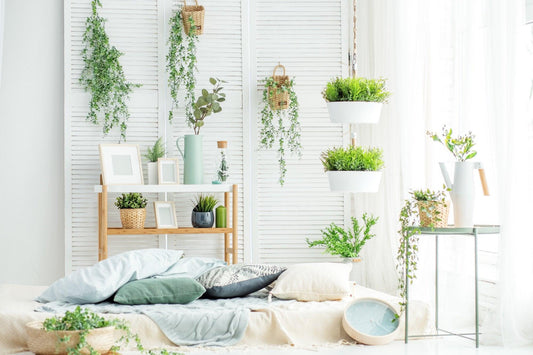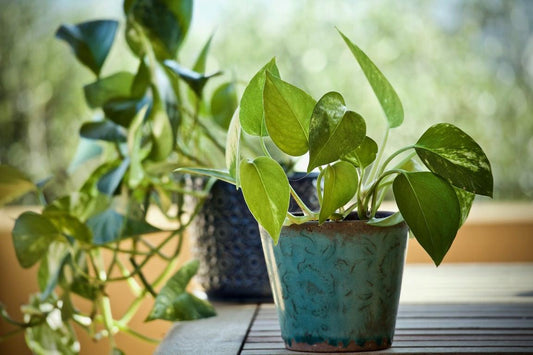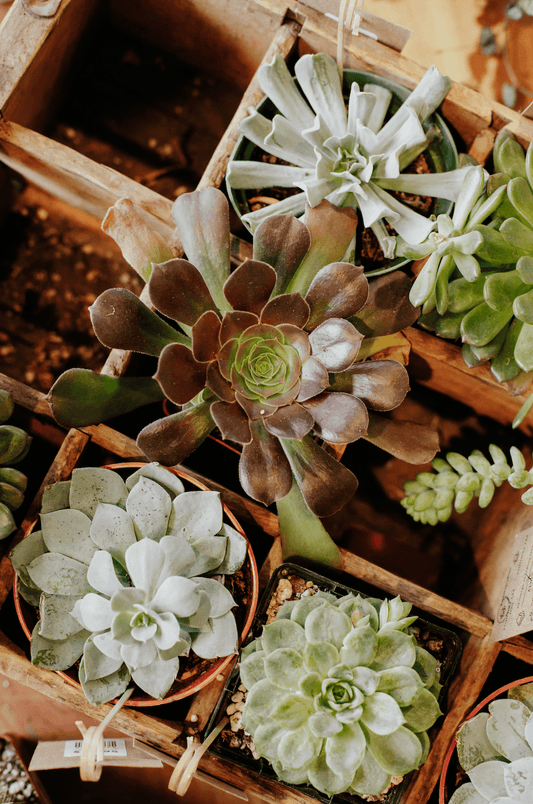FERNS
How to Care for the FERNS Plant
Overview
Ferns are some of the oldest plants in the world, dating back to prehistoric times. Commonly grown and kept as a houseplant, the lace-like Fern is native to many tropical areas across the globe, growing under canopies of trees along forest floors. This genus includes over 12,000 species of plants that propagate by spores—the small dots found on the undersides of the fronds—rather than pollination. The Fern can drop millions of spores, but only those that will find ideal growth conditions to live in will thrive. Fern care can be quite diverse from plant to plant, but there are common factors that apply to the plant family as a whole.


Profile
Ferns are excellent choices for indoor plants. To start, they are safe to have around pets. They can complement other houseplants, can be grown in either clay pots or hung from baskets, and do well in lower light conditions. Some popular indoor Ferns include the Asparagus Fern, Bird’s Nest Fern, Sword or Boston Fern, and the Button Fern. Some of these are giant tree-like plants, while others won’t grow past an inch in height. Most varieties like to keep moist, but other than that, there’s not a lot to worry about. In fact, they grow so fast that they can spread out invasively when left unsupervised.
It’s possible to propagate Ferns from spores, stolons, and via division. For spore propagation, wait until the spores go darken and fall off the fronds, which is a sure sign that they are fully mature. Fill a container with moist potting mix and shake the spores into the mixture. Cover the container with plastic and put it under indirect sunlight. You can also propagate via stolons—the fuzzy, string-like structures growing from your Fern—by pinning them to the soil with a small rock, or planting pin. When the stolon roots, and develops new growth, you can cut it up into smaller plants and plant them. You’ll know it’s time to divide your Ferns when the fronds begin to get smaller. Dig up the clump, cut 6-inch squares from the growth, and replant.




Low light
In general, most indoor Ferns do well in medium, filtered light. The more light they receive, the more crinkly the leaves get; the less light they receive, the flatter the leaves get. Too much exposure to direct sunlight will cause frond bleach. These plants like humid environments, such as that of a bathroom or kitchen. Maintain temperature at 65-80°F and avoid cold drafts.

Occasional
Ferns aren’t too picky with regards to soil for as long as it is moist, well-draining, and neutral to slightly acidic. Water your fern when the top 25% of the soil is dry, and mist regularly or place nearby a humidifier. Remove any dead fronds from your plant to encourage healthy new growth. When it begins to outgrow its container, repot one size up, as keeping it in its container may give you smaller fronds.

Easy breezy

Pet Friendly
FREQUENTLY ASKED QUESTIONS (FAQs)
on FERNS
Can I plant my Fern in anything other than soil?
Yes. Some variants grow on tree trunks and rocks, which means you can affix them to planks and hang them on walls.
Why is my fern turning brown/blond?
In the wild, ferns are adapted to living under woodland canopies with filtered light. Exposure to direct sunlight will result in bleaching; it is advisable to move your plant to a spot with lower light.




